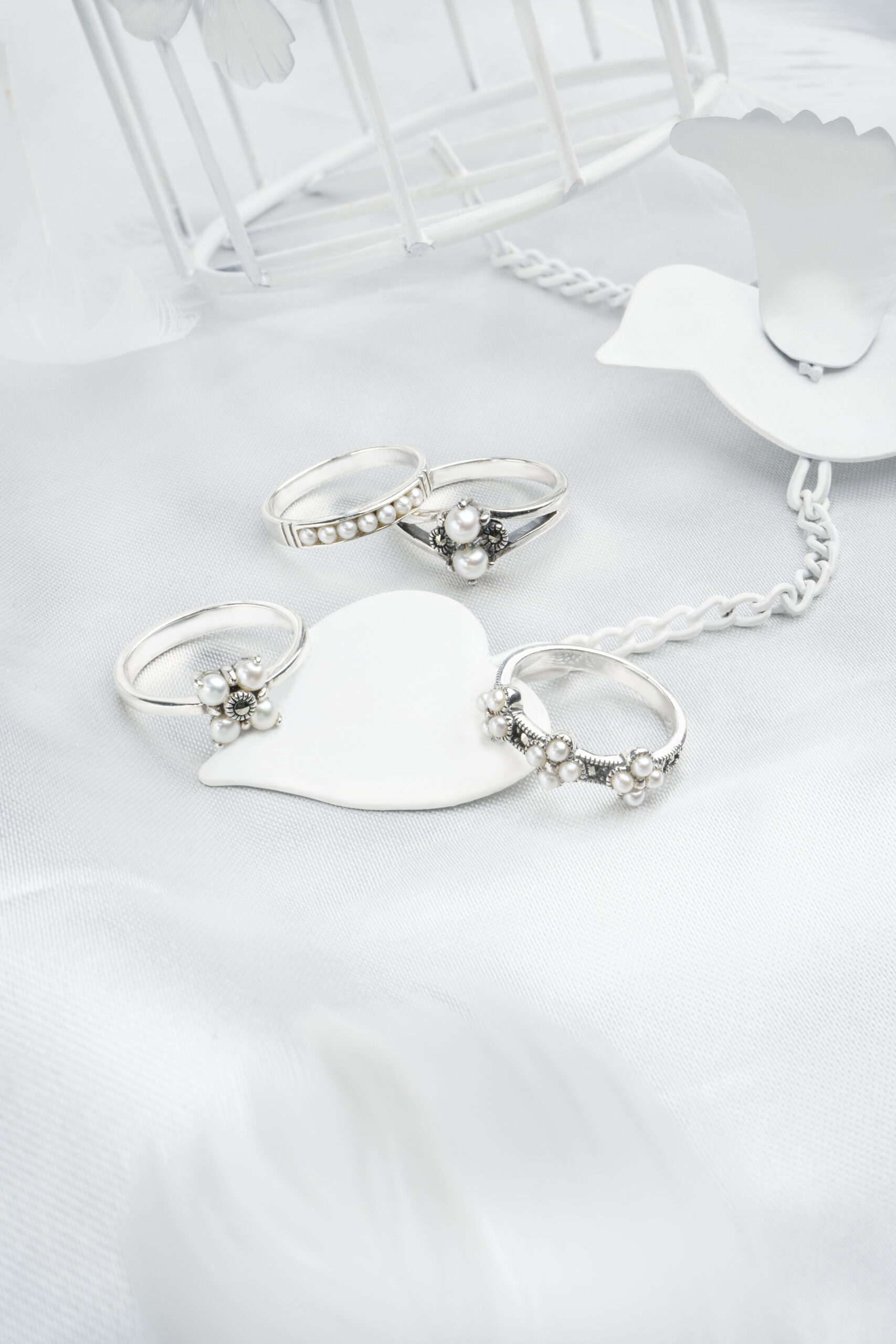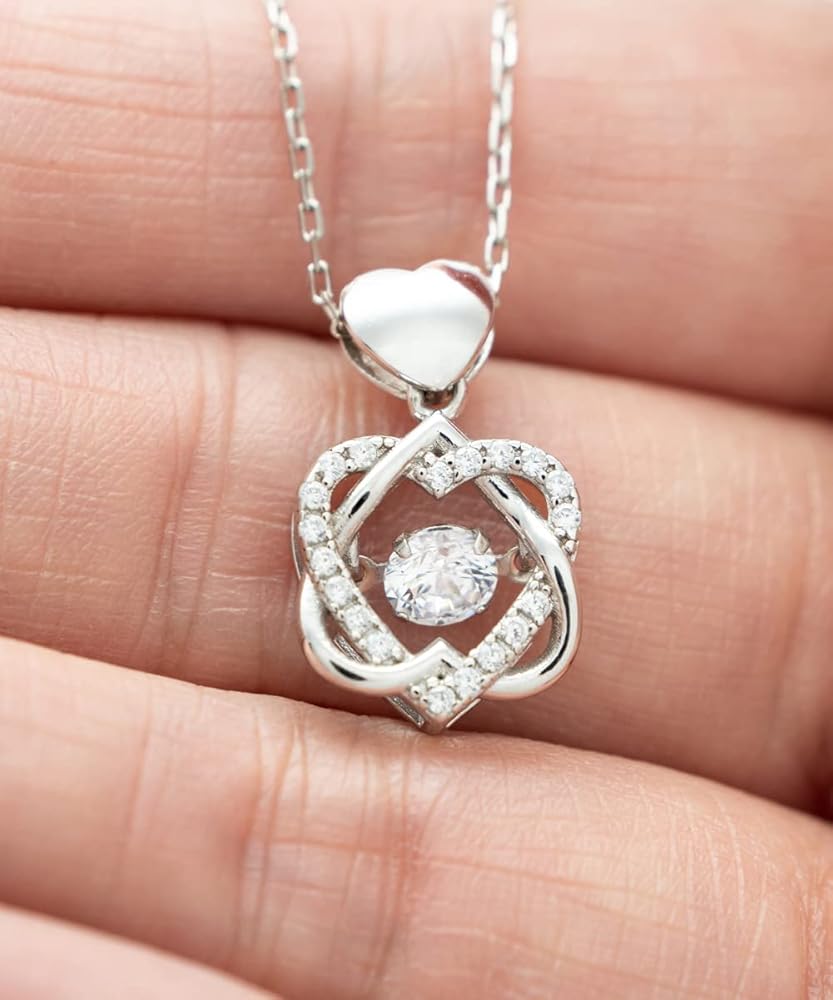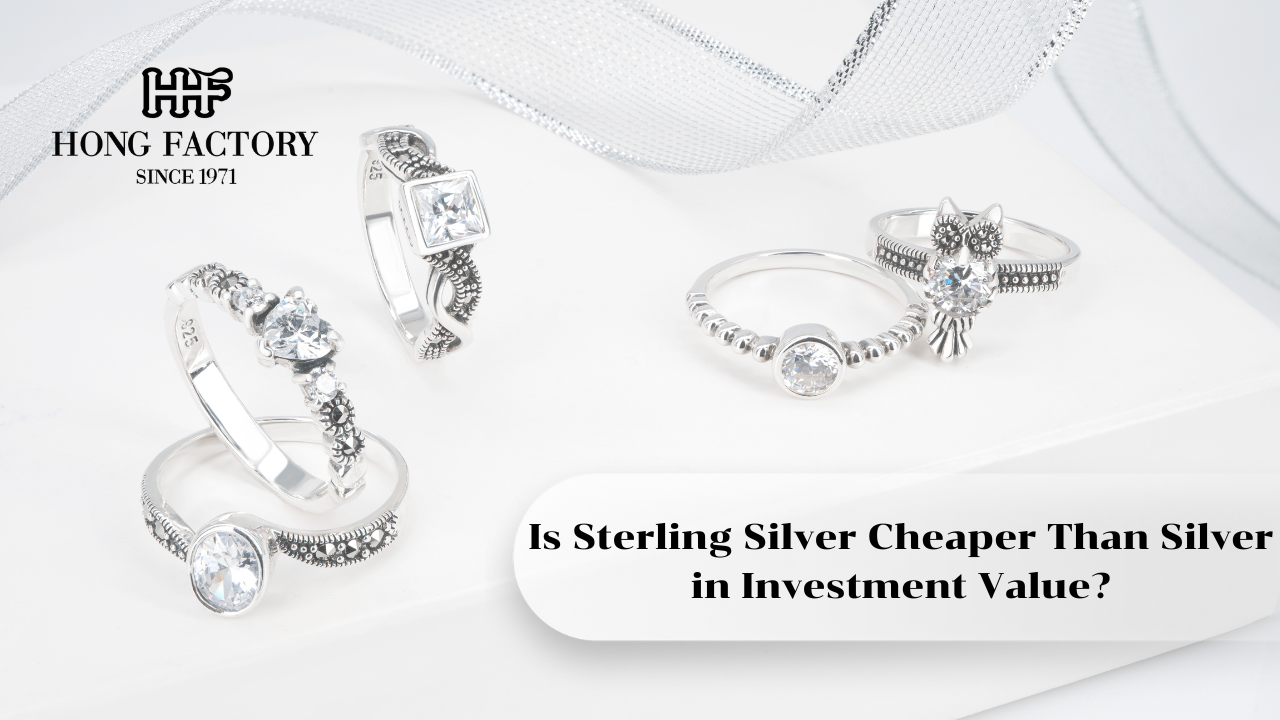Silver has long been a preferred metal for investors, collectors, and jewelry enthusiasts alike. Its enduring beauty and historical value make it one of the most recognized precious metals in the world. However, not all silver is the same when it comes to investment potential. Many people ask whether sterling silver, which contains alloyed metals, is a cheaper or less valuable investment compared to pure silver. This article explores how both types perform in terms of price, purity, and long-term value. Marcasite jewelry
Understanding the Composition of Sterling Silver and Pure Silver

Before evaluating investment value, it’s essential to understand what sets these two materials apart. Pure silver, also known as fine silver or .999 silver, is composed of 99.9% silver. It is the standard used for investment-grade bullion coins and bars. Sterling silver, by contrast, contains 92.5% silver and 7.5% other metals usually copper to improve strength and durability.
While this small difference in composition may not seem significant, it has a direct impact on both cost and resale potential. The added metals make sterling silver more durable for crafting jewelry and household items but also reduce its overall silver purity, which limits its value as an investment asset.
The Role of Purity in Silver Investment
In the investment world, purity equals value. Pure silver items have higher intrinsic worth because they contain nearly 100% silver. This means they can be melted down and sold for their full silver content according to market prices. Sterling silver, on the other hand, contains a smaller percentage of actual silver, which reduces its melt value per gram.
Investors who buy silver coins or bars prefer fine silver because it is easier to value, trade, and store. It also aligns with global market standards. In contrast, sterling silver’s alloy content complicates valuation, making it more suitable for craftsmanship and decorative purposes rather than investment.
Is Sterling Silver Cheaper Than Silver in Investment Value?
Yes, sterling silver is cheaper than pure silver when it comes to investment value. The primary reason lies in its lower silver content. For every ounce of sterling silver, only 92.5% contributes to the metal’s actual worth, while the remaining 7.5% consists of other, less valuable metals.
For example, if the current spot price of silver is $25 per ounce, a sterling silver ounce would contain only about $23 worth of actual silver. That difference adds up quickly for large-scale investments. Furthermore, sterling silver items often carry additional craftsmanship costs that do not translate into resale value.
In contrast, pure silver bullion coins and bars track the global silver price more accurately, offering investors a transparent and liquid asset. Their value rises and falls directly with the precious metal market, whereas sterling silver’s price depends partly on its artistry and design.
Liquidity and Market Demand

Another important factor to consider is liquidity the ease with which an asset can be sold. Fine silver is universally recognized and easily tradable in global markets. It can be sold to dealers, refiners, or other investors without complex testing or verification.
Sterling silver, however, often requires refining before resale, as buyers need to separate the silver from other metals. This process adds costs and reduces immediate liquidity. As a result, sterling silver is less attractive for investors seeking fast, straightforward transactions.
That said, sterling silver’s value can appreciate if it takes the form of collectible or antique items. Vintage sterling silver jewelry, flatware, or art pieces can hold significant value beyond their silver content due to rarity, craftsmanship, or historical importance.
Durability vs. Investment Purity
While pure silver wins in terms of purity and resale value, sterling silver excels in durability. This strength makes it ideal for practical and wearable investments, such as fine jewelry, where longevity and resilience matter more than melt value. For younger investors or collectors interested in owning tangible assets with everyday use, sterling silver offers a balance of quality and affordability.
However, it’s important to remember that durability does not equal higher investment value. The resale price of sterling silver remains tied to its metal composition, not its lifespan. In other words, sterling silver jewelry may last longer, but it will not necessarily yield a higher return compared to a fine silver coin or bar.
Maintenance and Longevity Considerations
Both sterling and pure silver require maintenance to preserve their appearance. Sterling silver can tarnish more easily because of the presence of copper, but it’s also easier to polish and restore. Pure silver, though slightly less reactive, still benefits from proper storage and occasional cleaning.
For investors, this means that maintaining physical silver assets whether sterling or pure is essential to retain their visual and monetary appeal. However, fine silver’s value is less dependent on aesthetics and more on its weight and purity, whereas sterling silver’s worth often ties to its design and condition.
The Smarter Investment Choice
When evaluating silver purely as an investment asset, pure silver clearly outperforms sterling silver. It holds greater intrinsic value, offers better liquidity, and aligns directly with market pricing. Sterling silver, while cheaper and more durable, is not ideal for those seeking long-term financial returns.
In essence, sterling silver is cheaper because it contains less silver and carries lower resale potential. However, it remains a beautiful and practical choice for collectors and jewelry enthusiasts who value craftsmanship and style. For serious investors focused on wealth preservation, pure silver remains the smarter and more profitable option in the long run.
